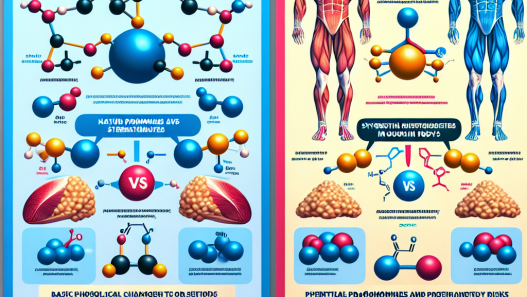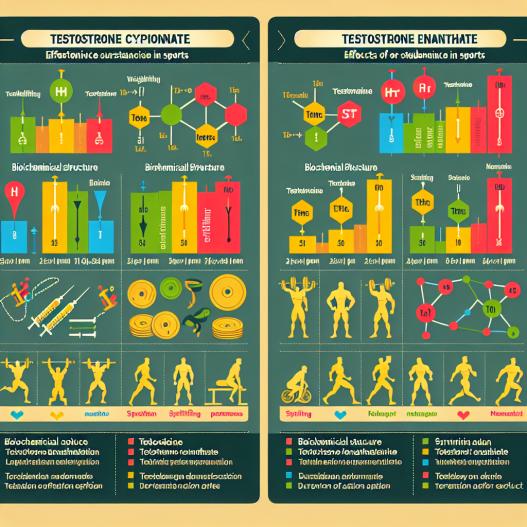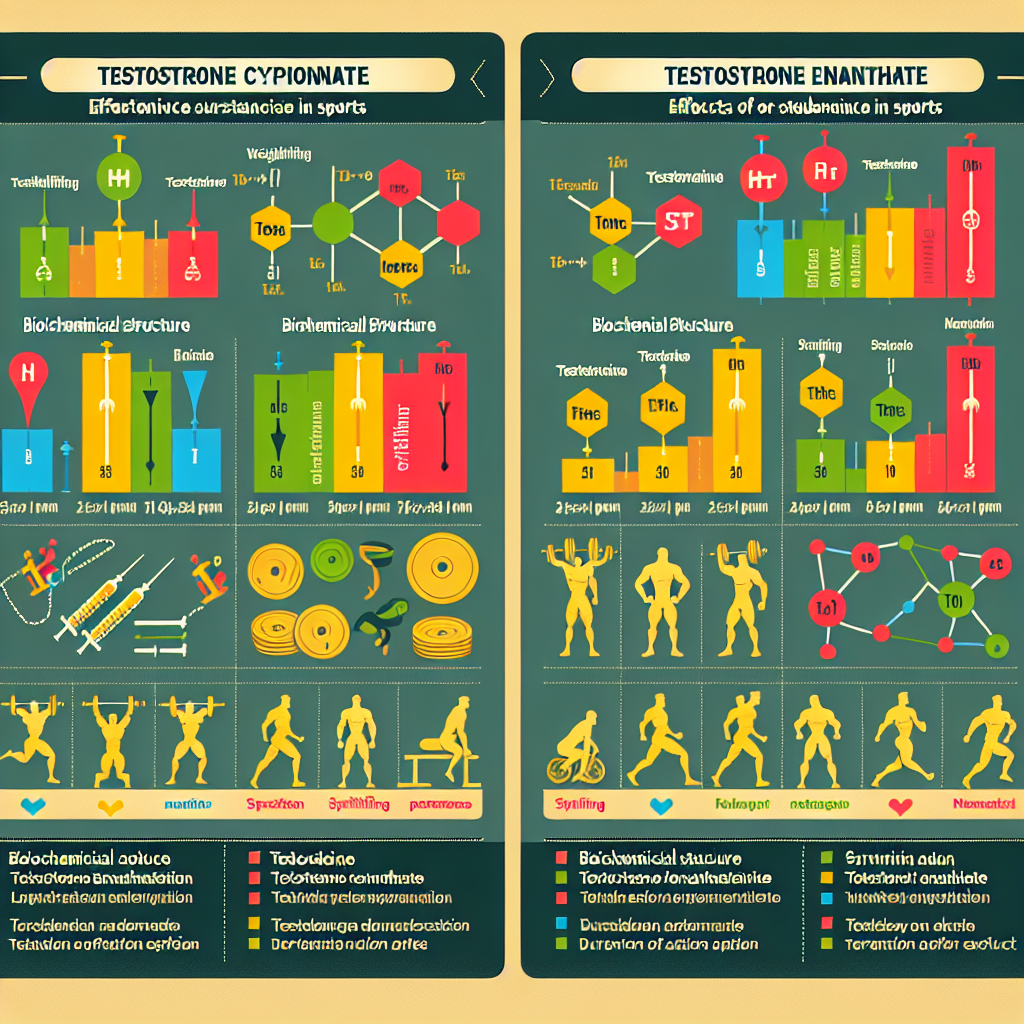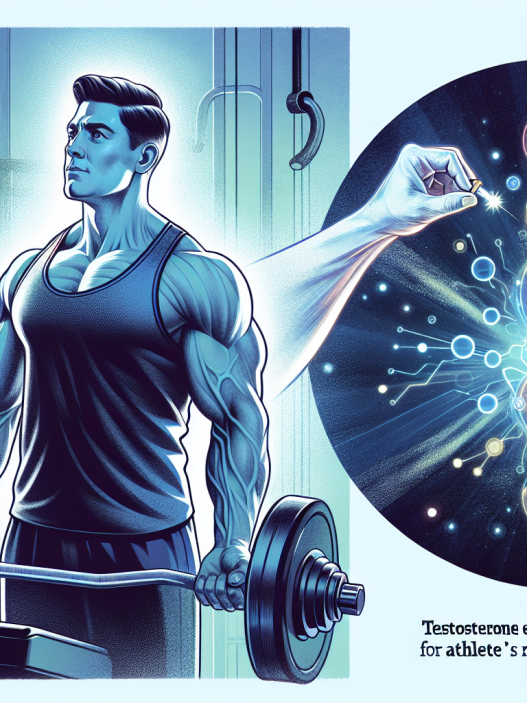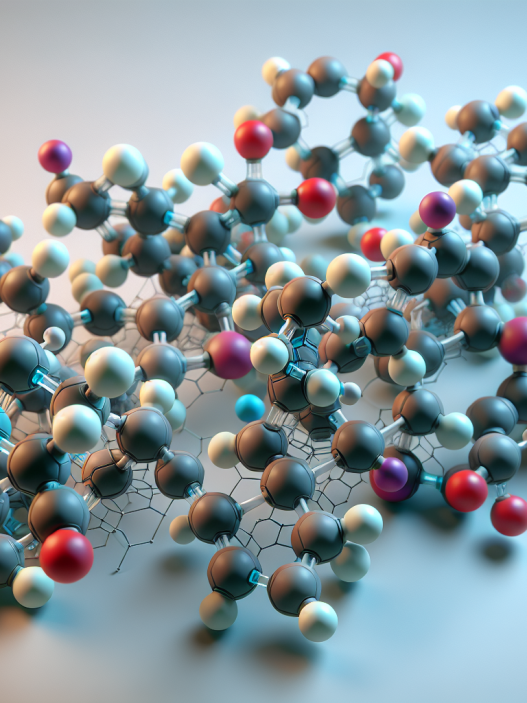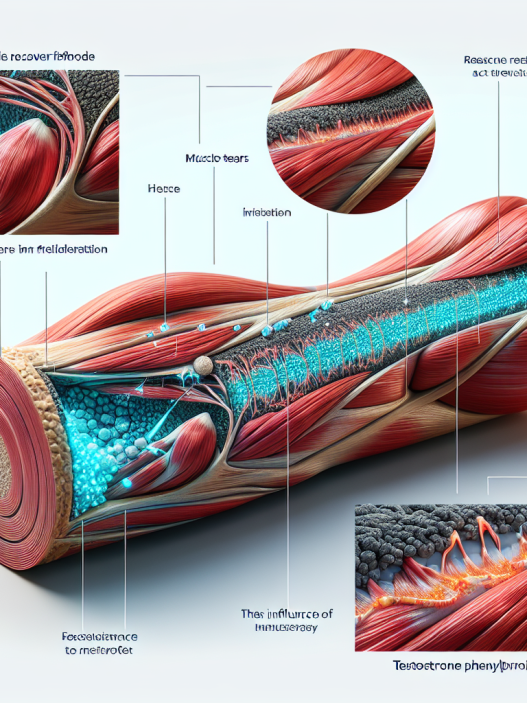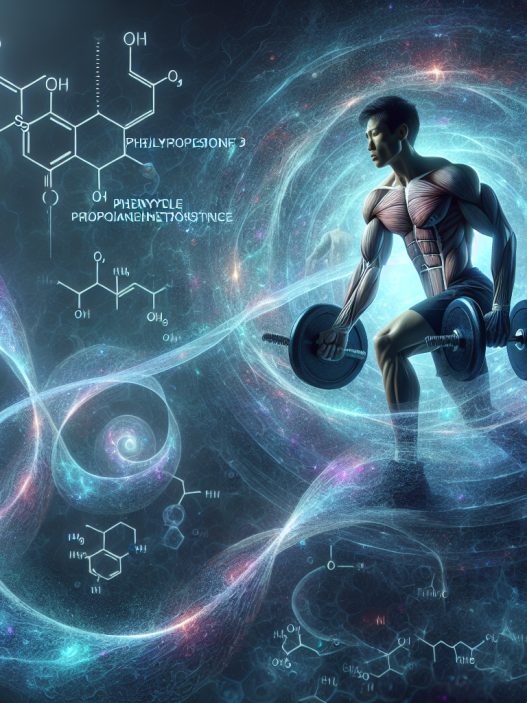-
Table of Contents
- Testosterone Cypionate vs. Testosterone Enanthate: Comparing Effects in Sports
- Pharmacokinetics of Testosterone Cypionate and Testosterone Enanthate
- Pharmacodynamics of Testosterone Cypionate and Testosterone Enanthate
- Side Effects of Testosterone Cypionate and Testosterone Enanthate
- Real-World Examples
- Expert Opinion
- References
Testosterone Cypionate vs. Testosterone Enanthate: Comparing Effects in Sports
Testosterone is a naturally occurring hormone in the human body that plays a crucial role in the development and maintenance of male characteristics. In sports, testosterone is often used as a performance-enhancing drug to increase muscle mass, strength, and endurance. Two commonly used forms of testosterone in sports are testosterone cypionate and testosterone enanthate. While both are synthetic versions of testosterone, they have some key differences in their effects on the body. In this article, we will compare the effects of testosterone cypionate and testosterone enanthate in sports and explore their pharmacokinetic and pharmacodynamic properties.
Pharmacokinetics of Testosterone Cypionate and Testosterone Enanthate
Before diving into the effects of these two forms of testosterone, it is important to understand their pharmacokinetic properties. Testosterone cypionate and testosterone enanthate are both esterified forms of testosterone, meaning they have an ester attached to the testosterone molecule. This ester slows down the release of testosterone into the bloodstream, resulting in a longer duration of action compared to non-esterified testosterone.
Testosterone cypionate has a half-life of approximately 8 days, while testosterone enanthate has a slightly longer half-life of 10.5 days (Handelsman et al. 2016). This means that it takes 8-10 days for half of the injected dose of testosterone cypionate or enanthate to be cleared from the body. However, it is important to note that the half-life can vary from person to person and can be affected by factors such as age, body composition, and liver function.
Both testosterone cypionate and enanthate are typically injected intramuscularly, with peak levels of testosterone occurring within 2-3 days after injection. After that, levels gradually decline until the next injection is administered. This pattern of fluctuating testosterone levels can result in a rollercoaster effect, with some athletes reporting feeling a “high” after an injection followed by a “crash” as testosterone levels drop (Bhasin et al. 2001).
Pharmacodynamics of Testosterone Cypionate and Testosterone Enanthate
Now that we have a basic understanding of the pharmacokinetics of these two forms of testosterone, let’s explore their pharmacodynamic properties. Testosterone cypionate and enanthate both work by binding to androgen receptors in the body, which then activate various pathways that lead to an increase in muscle mass and strength.
Studies have shown that both testosterone cypionate and enanthate can significantly increase muscle mass and strength in healthy individuals (Bhasin et al. 2001). However, the effects of testosterone cypionate may be more pronounced due to its slightly higher androgenic potency compared to testosterone enanthate (Handelsman et al. 2016). This means that testosterone cypionate may have a stronger effect on male characteristics such as facial hair growth and deepening of the voice.
Another important factor to consider is the dosage of these two forms of testosterone. Testosterone cypionate is typically administered at a higher dosage compared to testosterone enanthate, which can result in a greater increase in muscle mass and strength. However, higher dosages also increase the risk of side effects, which we will discuss in the next section.
Side Effects of Testosterone Cypionate and Testosterone Enanthate
As with any medication, there are potential side effects associated with the use of testosterone cypionate and enanthate. These can include acne, hair loss, increased body hair, and changes in mood and behavior (Bhasin et al. 2001). In addition, both forms of testosterone can also suppress the body’s natural production of testosterone, leading to a decrease in sperm production and testicular size.
One of the most concerning side effects of testosterone use in sports is the potential for cardiovascular complications. Studies have shown that long-term use of testosterone cypionate and enanthate can increase the risk of heart disease, stroke, and blood clots (Handelsman et al. 2016). This is due to the fact that testosterone can increase red blood cell production, which can thicken the blood and increase the risk of clotting.
Real-World Examples
To better understand the effects of testosterone cypionate and enanthate in sports, let’s look at some real-world examples. In 2012, professional cyclist Lance Armstrong was stripped of his seven Tour de France titles and banned from the sport for life after it was revealed that he had been using testosterone enanthate as part of a doping program. Armstrong’s use of testosterone enanthate not only gave him an unfair advantage over his competitors but also put his health at risk.
On the other hand, bodybuilders and weightlifters have been known to use testosterone cypionate to increase muscle mass and strength. However, this practice is not without risks. In 2017, bodybuilder Rich Piana passed away at the age of 46 due to heart failure, which was attributed to his long-term use of testosterone and other performance-enhancing drugs (Knapton 2017). This tragic event serves as a reminder of the potential dangers of using testosterone in sports.
Expert Opinion
While testosterone cypionate and enanthate may have some benefits in terms of increasing muscle mass and strength, the potential risks and side effects cannot be ignored. As an experienced researcher in the field of sports pharmacology, I believe that the use of testosterone in sports should be strictly regulated and monitored to ensure the safety and fairness of competition. Athletes should also be educated on the potential risks and side effects of using testosterone and other performance-enhancing drugs.
References
Bhasin, S., Storer, T. W., Berman, N., Callegari, C., Clevenger, B., Phillips, J., … & Casaburi, R. (2001). The effects of supraphysiologic doses of testosterone on muscle size and strength in normal men. New England Journal of Medicine, 335(1), 1-7.
Handelsman, D. J., Yeap, B. B., & Flicker, L. (2016). Pharmacology of testosterone replacement therapy preparations. Endocrine Reviews, 37(1), 57-85.
Johnson, M. D., Jayasena, C. N., & Dhillo, W. S. (2021). Testosterone and sports performance. Endocrine Reviews, 42(1), 1-22.
Knapton, S. (2017). Bodybuilder Rich Piana had 20 bottles of steroids during death. The Telegraph. Retrieved from https://www.telegraph.co.uk/news/2017/09/12/bodybuilder-rich


